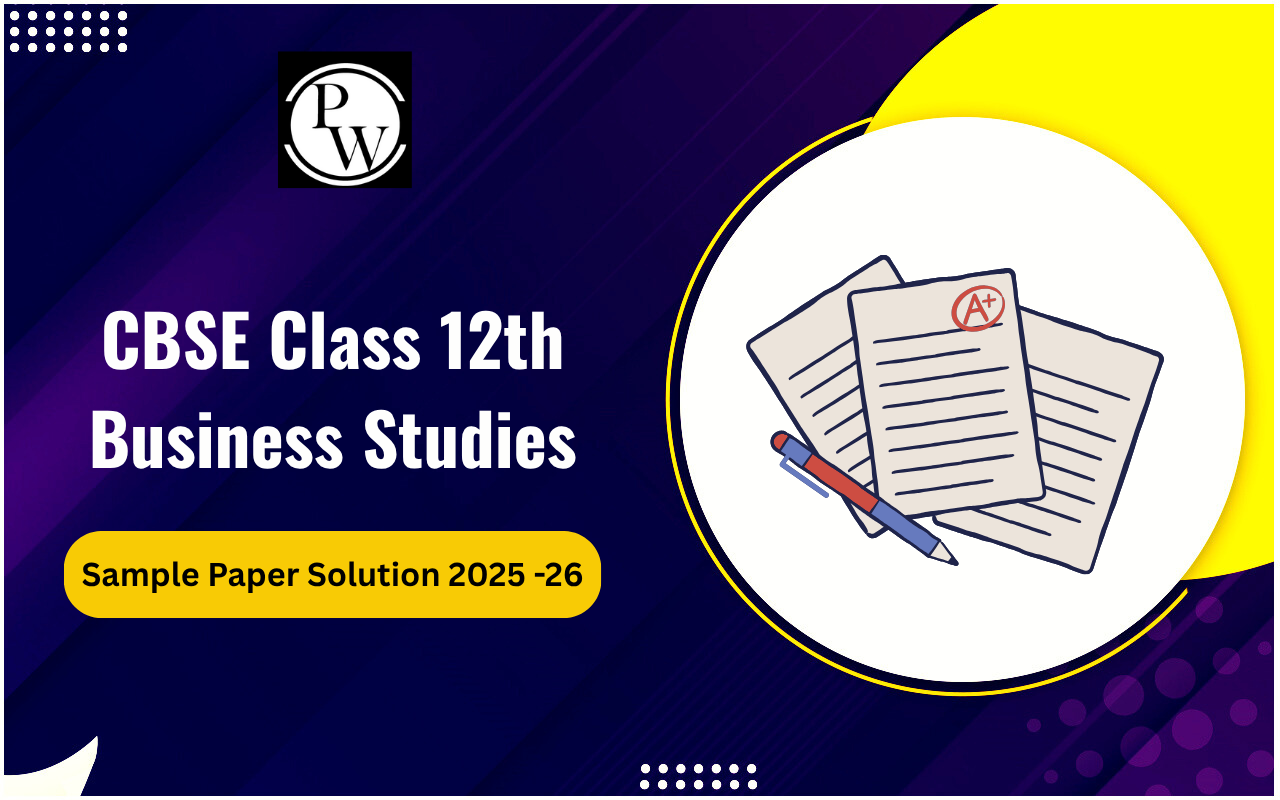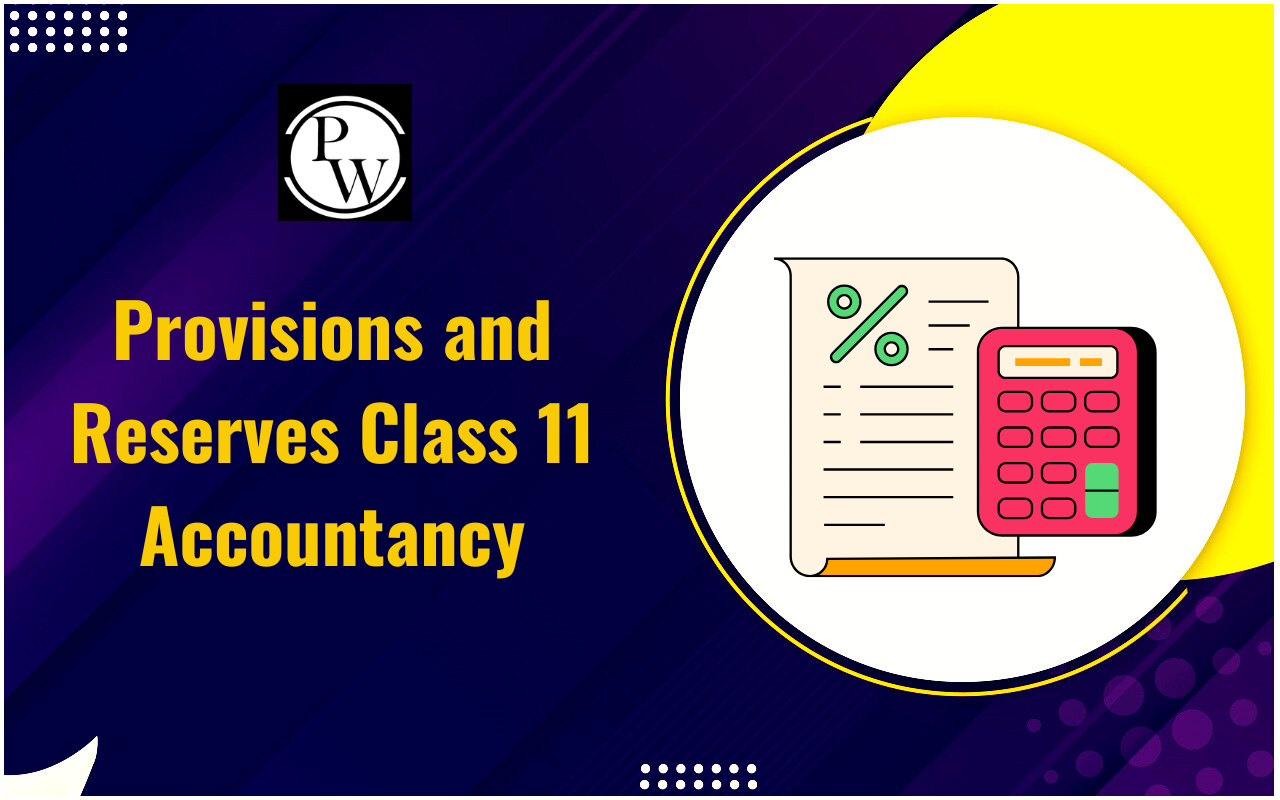

Commodity Market: The world economy counts strongly on the commodity market. Designing policy frameworks to encourage sustainable growth, reduce poverty, maintain price stability, promote food production, and address climate change needs a deep understanding of the factors affecting these markets.
The effect of commodity markets on new and growing economies differs at the macroeconomic level. The link between economic growth and product demand changes greatly among countries, depending upon their economic development stage.What is a Commodity Market?
A commodity market is a platform for exchanging primary goods or raw materials, encompassing items like gold, silver, crude oil, agricultural products, and base metals. This marketplace facilitates the buying and selling of these commodities through cash or futures contracts. Essentially, these markets act as a vital intermediary between commodity producers and consumers. They provide producers with a means to sell their goods and safeguard against price fluctuations, while consumers can acquire the needed products at optimal prices. Commodity markets can manifest in two forms: physical, involving the actual delivery of goods, or futures-based, where settlement occurs at a later date.History of Commodity Market
The practice of trading commodities dates back to the earliest stages of human civilization, where tribal groups and emerging kingdoms engaged in barter and trade for essential items like food and supplies. The roots of commodity trading extend far beyond the emergence of stocks and bonds, spanning many centuries. In the contemporary era, commodity trading continues on a global scale, reaching immense proportions. The evolution of trading has seen increased sophistication with the establishment of exchanges and derivatives markets. These platforms serve to regulate and standardize commodity trading, fostering the development of liquid and efficient markets.Functioning of Commodity Market
The functioning of the commodity market is primarily governed by the law of demand and supply, aiming for a market equilibrium where demand equals supply. The trading process in commodities unfolds in four key stages: Initiation (Stage 1): The commencement of the commodity market in India begins with the primary production of commodities. Primary producers, including cultivators, animal rearers, and miners, bring their produce to markets for sale. Transformation (Stage 2): The subsequent stage involves the conversion of raw materials into finished products, such as turning cotton into yarn or cloth, wheat into flour, or rice into rice powder. This phase is termed secondary production. Distribution (Stage 3): Following the transformation, finished goods are sold to consumers through the involvement of traders, wholesalers, and retailers. This stage is referred to as distribution trade. Consumption (Stage 4): The concluding stage of the commodity market in India occurs after the sale, involving the consumption or utilization of goods and services by individuals and institutions for their own needs or for use in subsequent processing or production.Looking for the Best Commerce Coaching?
Enroll Now in PW Commerce Batches!
Types of Commodity Market
There are two primary categories of commodity markets:Spot Market:
In the spot market, commodities are traded for instant delivery. The commodity's price is influenced by the dynamics of supply and demand, and the transaction is settled immediately.Future Market:
In the futures market, there is trading where one buys the commodities and promises to deliver them at a later date. The price at which the futures contract is written impacts the pricing in the futures market and the futures contract is an agreement between the buyers and sellers, saying that the commodity will be exchanged at a specified price and on a certain date at a future time. In this market, dealers might establish a predetermined price at which they will sell a commodity. This decreases the price risk.Classification of the Commodities in Commodity Market
There are two main classifications of commodities in the commodity market: Hard Commodities: Hard commodities are essential for the manufacturing sectors of the economy. These commodities are naturally sourced, requiring manual extraction from land or water, often involving mining activities. Examples include coal, gold, crude oil, gasoline, rubber, among others. Soft Commodities: Soft commodities encompass goods primarily related to livestock or agriculture. Unlike hard commodities, they are produced using appropriate methods rather than being extracted from the earth. Examples consist of wheat, corn, barley, pork, tea, and similar items.Different Commodities Traded in Commodity Market
Various commodities actively traded in the commodity market include:Energy:
Developed nations have established markets for selling electric capacity, facilitated by the widespread distribution of electricity through power grids.Lumber:
Specialized brokers trade construction lumber of common sizes on specific marketplaces. Businesses use these markets to minimize inventory or address unexpected spikes in demand for lumber.Wheat:
Wheat, a globally grown crop and a crucial dietary ingredient, attracts investor interest. Traders can participate in agricultural markets by trading wheat in the commodity market without owning physical tones of the crop.Stamps:
Collectable stamps find an active market where investors and enthusiasts exchange them. Grading systems are employed to assess the value and condition of traded stamps.Gold:
As the most esteemed precious metal, gold is sought for its beauty, liquidity, investment potential, and industrial applications. During economic uncertainty, gold is considered a safe haven and a hedge against inflation, making it a preferred choice for both novice and experienced traders in commodities trading.Coffee:
Coffee, a significant soft commodity, holds the position of the second-largest globally traded commodity after oil. Enjoyed worldwide, it is the most consumed beverage after water and tea.Commodity Market FAQs
What is called commodity market?
The commodity market is a platform where primary goods like gold, oil, and agricultural products are bought and sold.
What is the function of commodity market?
The commodity market facilitates the trading of raw materials and goods, connecting producers and consumers.
What are the features of commodity market?
Key features include the trading of tangible goods, price determination through supply and demand, and the existence of spot and futures markets.
What is the largest commodity market?
The largest commodity market is often considered to be the oil market, specifically the market for crude oil.
Is commodity a type of money?
No, commodities are goods or raw materials traded for their intrinsic value, unlike money, which serves as a medium of exchange.
Talk to a counsellorHave doubts? Our support team will be happy to assist you!

Free Learning Resources
PW Books
Notes (Class 10-12)
PW Study Materials
Notes (Class 6-9)
Ncert Solutions
Govt Exams
Class 6th to 12th Online Courses
Govt Job Exams Courses
UPSC Coaching
Defence Exam Coaching
Gate Exam Coaching
Other Exams
Know about Physics Wallah
Physics Wallah is an Indian edtech platform that provides accessible & comprehensive learning experiences to students from Class 6th to postgraduate level. We also provide extensive NCERT solutions, sample paper, NEET, JEE Mains, BITSAT previous year papers & more such resources to students. Physics Wallah also caters to over 3.5 million registered students and over 78 lakh+ Youtube subscribers with 4.8 rating on its app.
We Stand Out because
We provide students with intensive courses with India’s qualified & experienced faculties & mentors. PW strives to make the learning experience comprehensive and accessible for students of all sections of society. We believe in empowering every single student who couldn't dream of a good career in engineering and medical field earlier.
Our Key Focus Areas
Physics Wallah's main focus is to make the learning experience as economical as possible for all students. With our affordable courses like Lakshya, Udaan and Arjuna and many others, we have been able to provide a platform for lakhs of aspirants. From providing Chemistry, Maths, Physics formula to giving e-books of eminent authors like RD Sharma, RS Aggarwal and Lakhmir Singh, PW focuses on every single student's need for preparation.
What Makes Us Different
Physics Wallah strives to develop a comprehensive pedagogical structure for students, where they get a state-of-the-art learning experience with study material and resources. Apart from catering students preparing for JEE Mains and NEET, PW also provides study material for each state board like Uttar Pradesh, Bihar, and others
Copyright © 2025 Physicswallah Limited All rights reserved.
Get App











